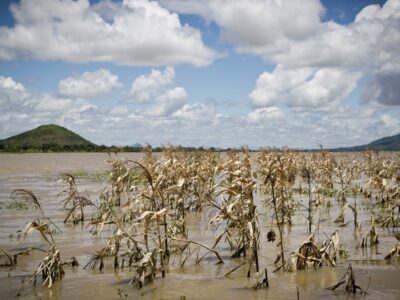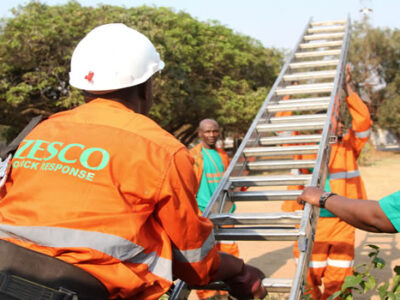Price Waterhouse Coopers (PWC) has projected that Zambia will only produce about 1.7 million metric tonnes of copper by 2031, falling short of the government’s target of 3 million tonnes.
The PWC Zambia 2024 mining report attributed this shortfall to the significant energy deficit the country has faced since early 2024.
The report assessed the likelihood of achieving the target, analyzing the current projected output for 2024 of about 803,300 metric tonnes and potential gains from various investments.
“Our current best-case estimate is a maximum capacity of 1,700,400, assuming all estimated capacity comes online immediately. This is unrealistic but gives a sense of our assessment of the maximum possible production capacity given the current conditions,” the report stated.
The PWC report noted that the Ministry of Mines and Minerals Development anticipated the country would produce 803,300 tonnes of copper in 2024, compared to 698,000 tonnes in 2023 and 763,550 tonnes in 2022.
It emphasized the need for new discoveries to bridge the gap, highlighting that investments required time before production increases are realized.
“Existing production may decline as assets get closer to the end of their mine lives. Consequently, the level of new resource finds will need to be higher than the three million tonnes annual target if this figure is to be sustained, taking into account diminishing resources at old mines,” the report warned.
It also stated that ramping up production would significantly increase energy requirements.

Given Zambia’s severe energy deficit, developing and implementing long-term solutions to meet the growing demand was crucial for achieving production increase goals.
Read More: Congo DR overtakes Peru in copper production to become world’s second largest producer
Commenting on the report, PWC Zambia Senior Partner Andrew Chibuye said: “Given how much time it takes to benefit from mining investment, achieving three million metric tonnes by 2031 appeared ambitious.
However, although its achievement was questionable at this stage, there are signs that Zambia would increase its production significantly in the coming years.”
The report highlighted that Zambia had seen a significant rise in pledged and actualised investments since early 2022, with First Quantum Minerals announcing an additional investment of US$1.3 billion via its Kansanshi S3 project and Enterprise Nickel Mine.
Committed investments have increased from US$110.7 million in 2020 to US$4.6 billion in 2023.
However, actualised investments fell from US$4.5 billion in 2022 to US$2.1 billion in 2023.
WARNING! All rights reserved. This material, and other digital content on this website, may not be reproduced, published, broadcast, rewritten or redistributed in whole or in part without prior express permission from ZAMBIA MONITOR.












Comments